Description
- DIY Supplies: ELECTRICAL
- High speed photodiode detector
- Wavelength response range: 300nm ~ 1100nm
- The detector material is silicon, and the photosensitive diameter of the probe is less than 0.5mm, so the default is that free space light enters the probe. If the user needs, the FC flange can be pasted in front of the probe so that the user can directly connect the detector with the optical fiber. Please explain in advance when purchasing, the detector shipped by default does not have FC flange
- Cut-off frequency: >1GHz
- Rising edge: <300ps, falling edge: <500ps
- Output voltage range: 0-12v (when 12V voltage is supplied)
- The internal output impedance of the detector is 1M ohms. To obtain the appropriate response speed, the user must parallel the appropriate resistance at the output end. In order to maximize the response frequency of the detector, its output must be connected with a resistance of 50 ohm-100 ohm (generally, it can be connected with a 50 ohm terminal, and oscilloscopes with a bandwidth greater than or equal to 300MHz also have a 50 ohm impedance selection of their own). The smaller the parallel resistance at the output end is, the higher the peak power of the incident optical signal is required, otherwise the output voltage will be lower, and the user needs to find a balance between bandwidth and voltage. Generally speaking, the detection pulse width is several nanoseconds, picosecond or femtosecond laser pulse, and the output end of the detector needs to be connected with a 50 ohm-100 ohm resistor. If the detector is 500us to 500ns laser pulse, the detector output needs 1k-10k ohm resistance in parallel; If the laser pulses of several hundred ms-500us are detected, the output end of the detector needs to be connected with a resistance of 10k-100k ohms. If the detection is larger than 500ms or continuous laser, there is no need for parallel resistance at the output end of the detector. However, if the output voltage is high, or in order to eliminate the influence of natural light, 100k resistance or potentiometer can be appropriately parallel. One can reduce external noise, and the other can limit the range of output voltage.
- Supply voltage 9 ~ 24VDC
- It can be used to detect ultra-fast pulsed lasers such as femtosecond or picosecond, nanosecond laser pulses and us or ms level quasi-continuous lasers, as well as direct detection of the intensity of continuous or non-laser light sources
Shipping list: one photodetector, one 12V dc voltage stabilized power supply for two pieces.
The following is the waveform of detecting femtosecond oscillator:
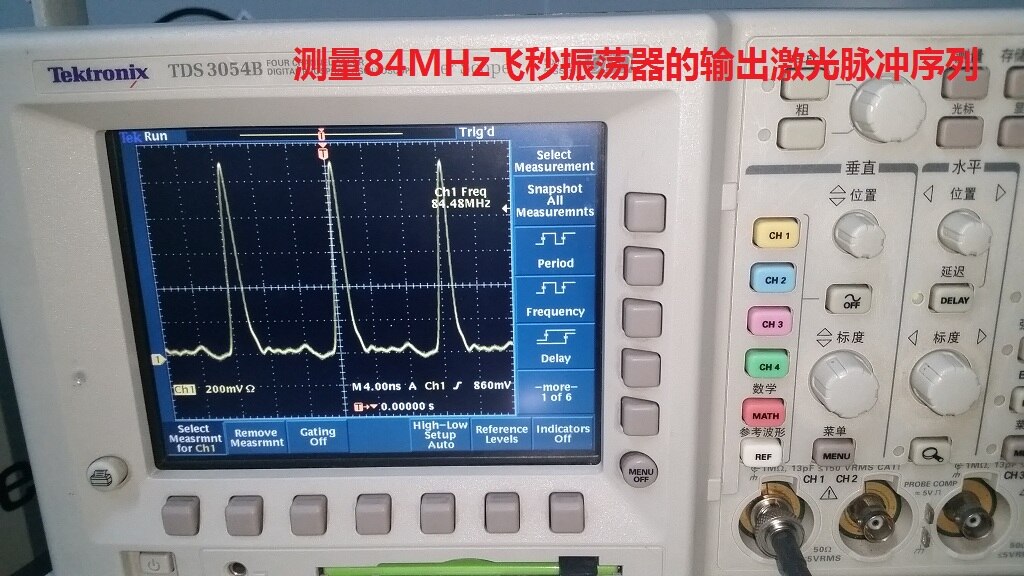
The following figure shows the waveforms of the q-modulated laser measured in nanosecond level:
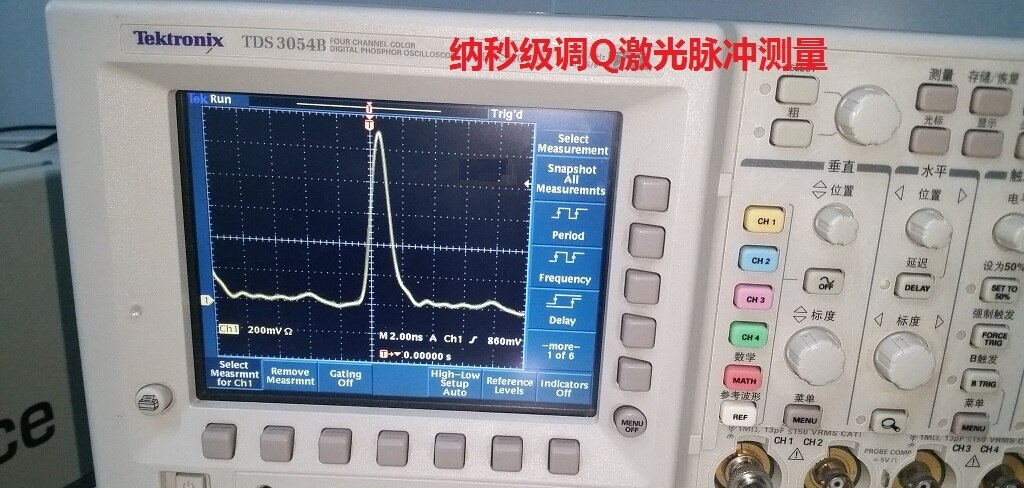

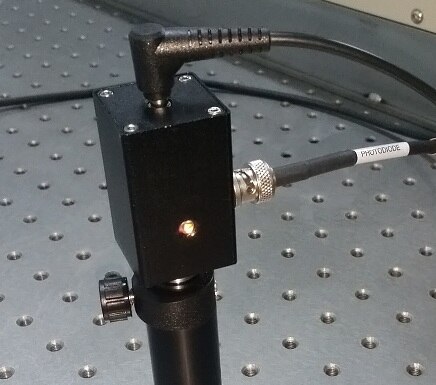
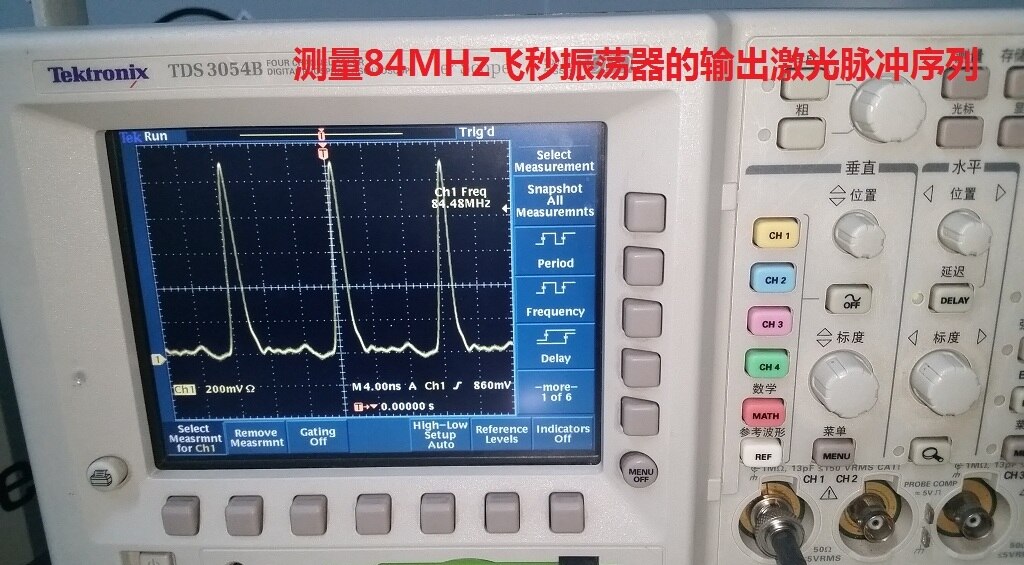
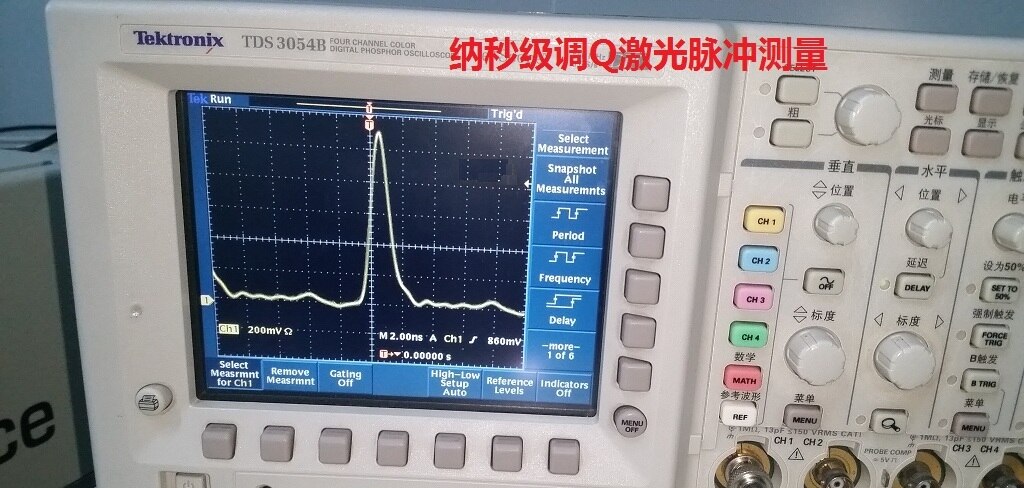
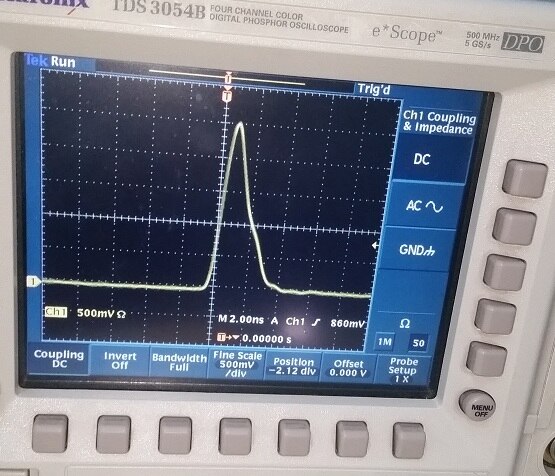
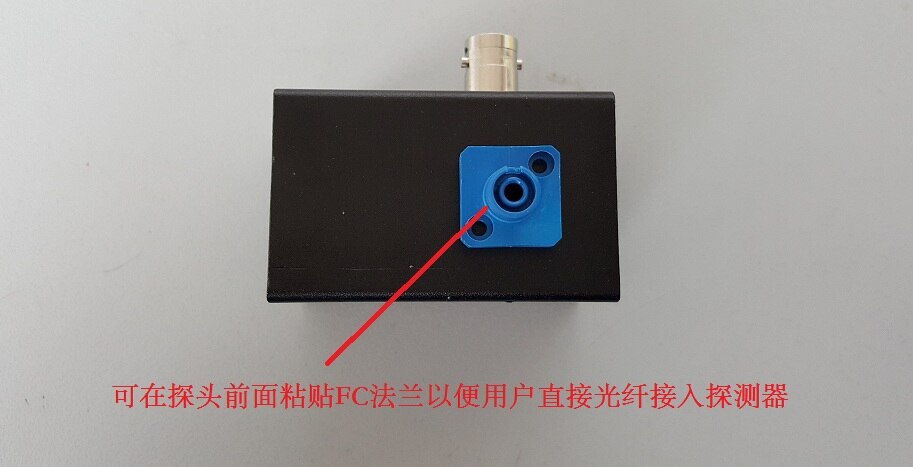
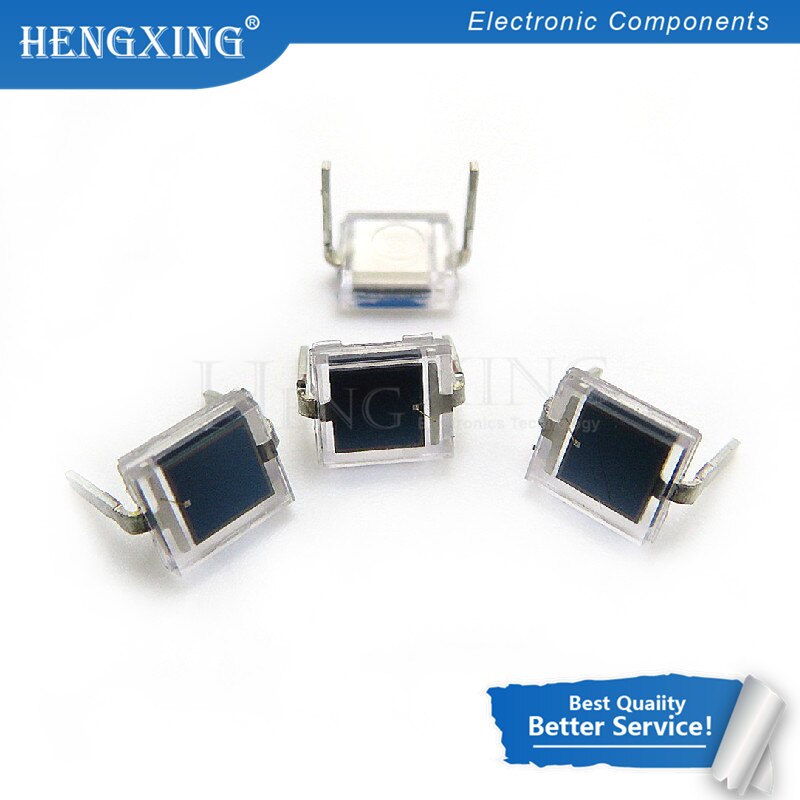
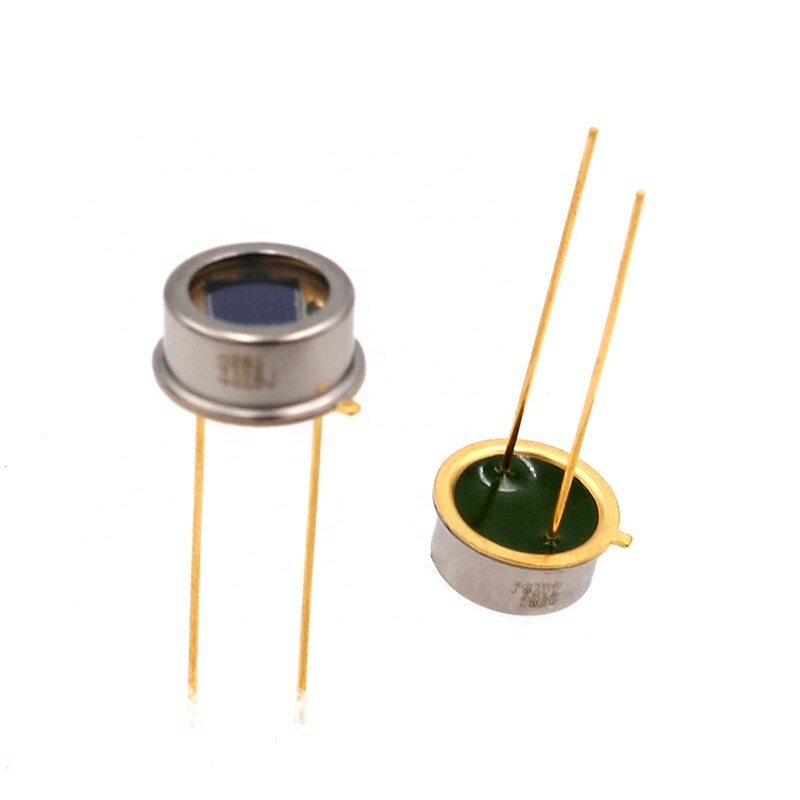
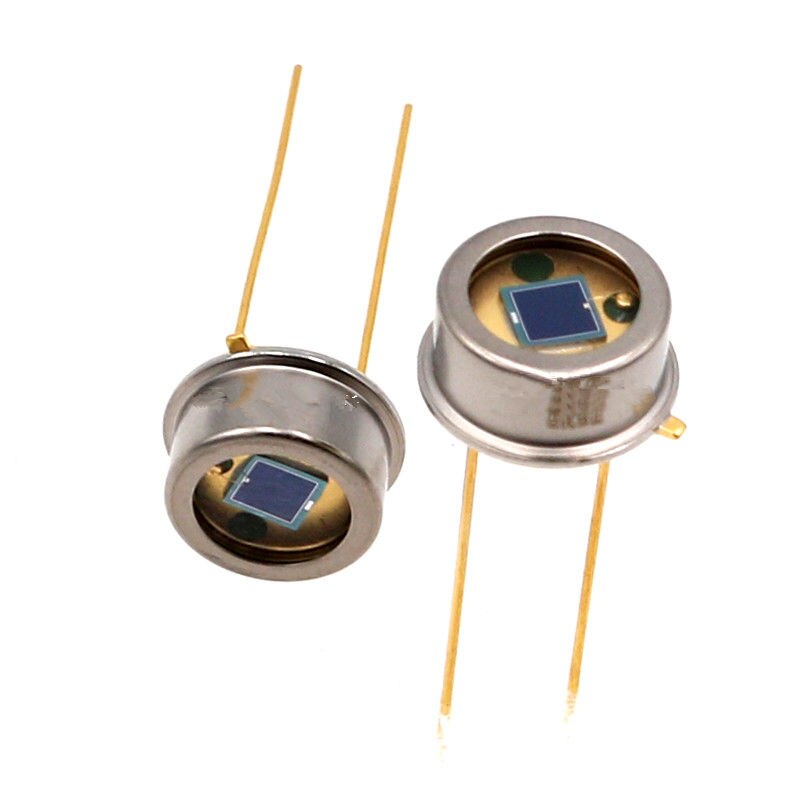
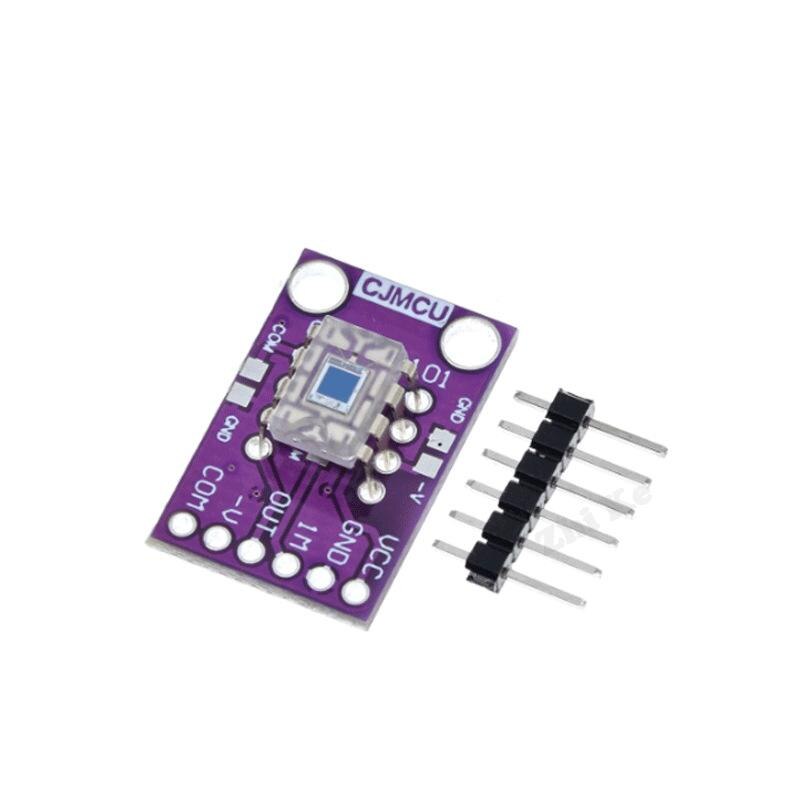
Reviews
There are no reviews yet.